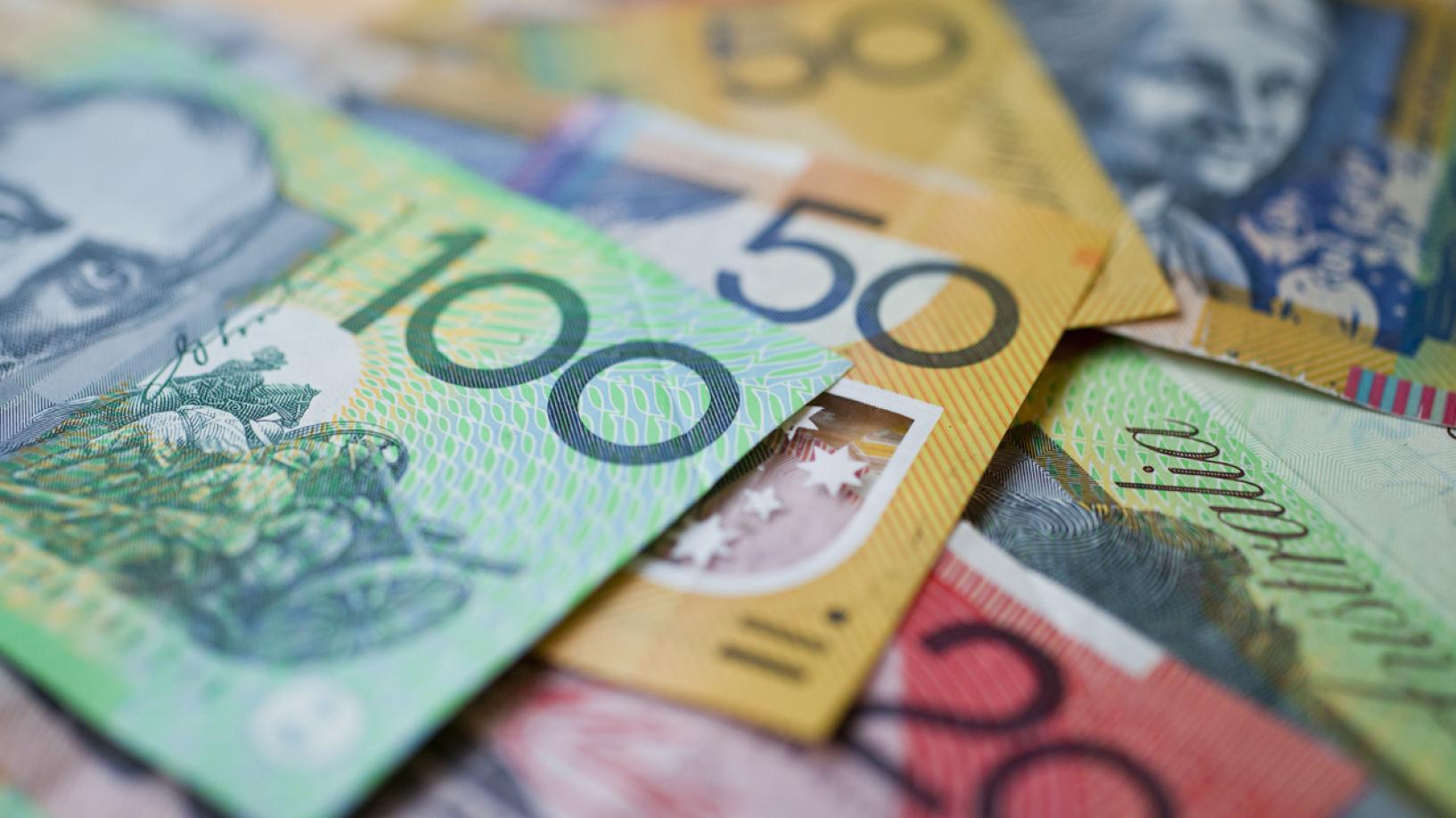Energy Consumers Australia’s Small and Medium Enterprise (SME) Retail Tariff Tracker was released today, showing generally lower prices compared with a year ago.
The report which tracks the electricity bills of small businesses, shows that electricity bills were, on average, 3% lower, driven by bigger falls in South Australia (9%), ACT (6%), Queensland (6%), and New South Wales (5%); with Tasmania also down 1% and no change in the Northern Territory.
Increases were recorded in WA (4%) and Victoria (1%) although business consumers in Victoria are expected to see bigger price reductions in 2021, following the Essential Services Commission’s announcement that the state’s default market offer (VDO) will be 14% lower from 1 January.
Underlying some of these changes, the report also recorded a significant increase in the number of new retailers entering markets which saw lower prices.
CEO Lynne Gallagher said this continued pattern of generally flat or lower prices over the past two years was positive, but that there was more work to meet the national ambition set in the ACCC’s review of electricity prices.
“Lower prices are largely being driven by falls in the wholesale price, but where we’re seeing lower prices, we’re also seeing more competition which is a really positive sign,” Ms Gallagher said.
“If we continue to see wholesale and network prices coming down, combined with more competition, this can only lead to further bill reductions for consumers in the coming 6-12 months.
“Ultimately, we want to see further progress toward the ACCC’s target of 20-25 per cent price cuts, after a decade of price increases saw electricity become unaffordable for too many people.
“This is particularly important in the context of the national economic recovery from the pandemic because lower costs for business give us the best chance of creating jobs and economic opportunity.”
The jurisdictions with the largest price reductions have also seen the entry of new retailers over the past 18 months since the Default Market Offer and Victorian Default Offer were introduced.
In South East Queensland there were 25 retailers in October 2020 (up from 16); in NSW the number of retailers has increased from 21 to 30 and South Australia has 4 new retailers. In the ACT, two retailers began offering market offers, while in Victoria the number or retailers has remained the same.
On average, gas bills were slightly higher for most small businesses, with the greatest increases in Victoria (5%) and South Australia (3%). However, small businesses in New South Wales benefited from a reduction in the average bill of 8%.
The analysis has also found that, for electricity a lower proportion of offers have conditions such as set contract terms and limited benefit periods
“These are positive developments because these sort of conditions have on the whole proven to be a net negative for consumers,” Ms Gallagher said.

